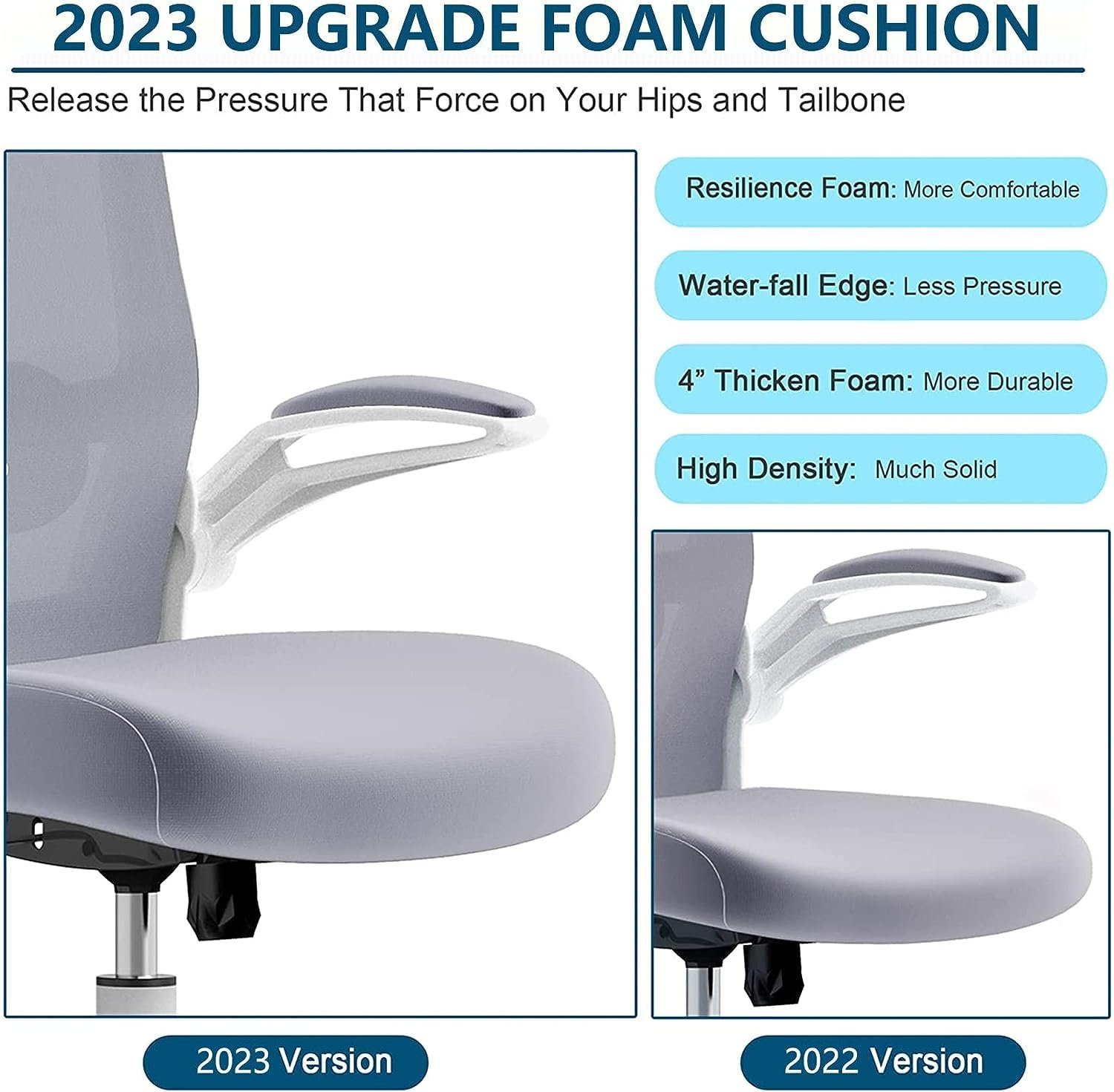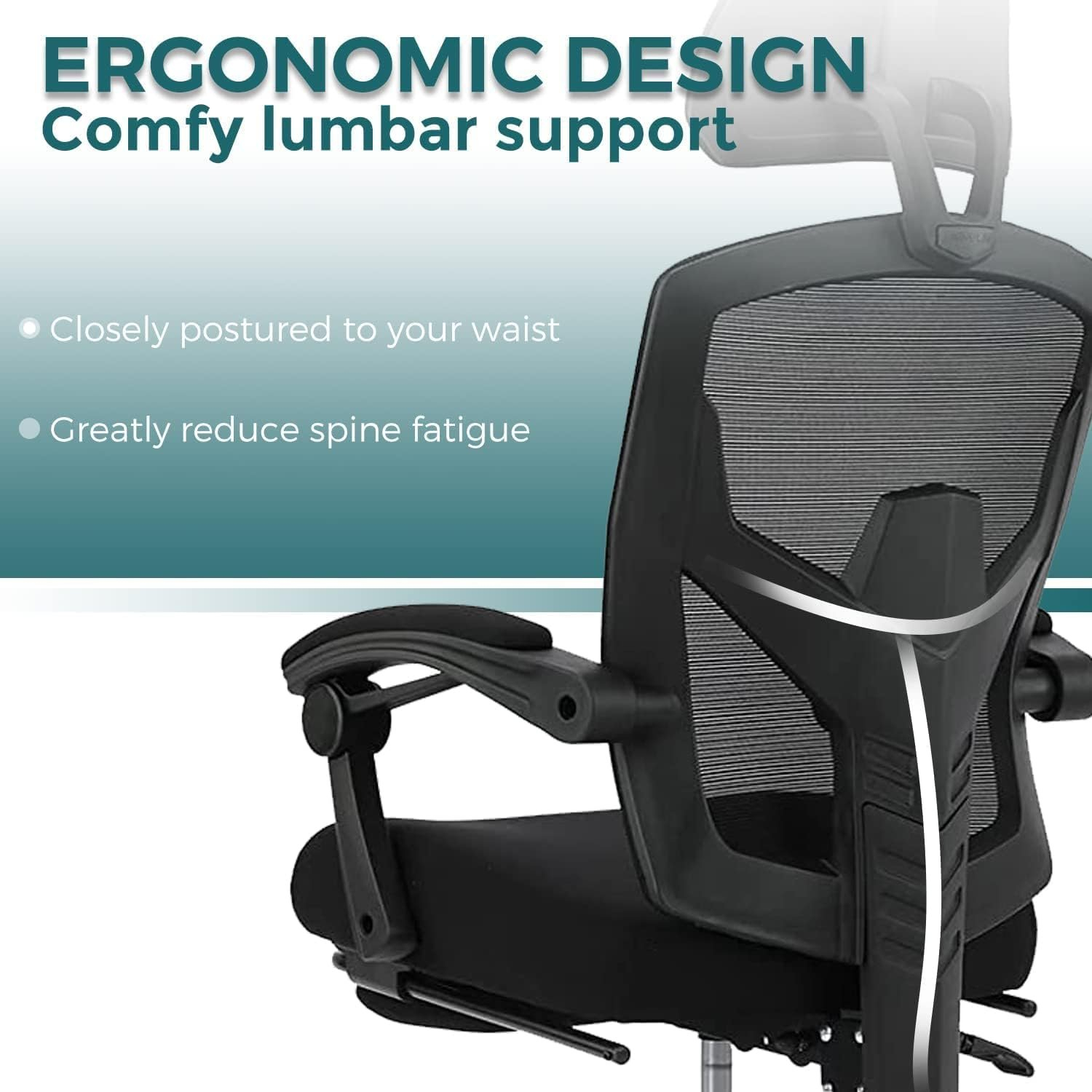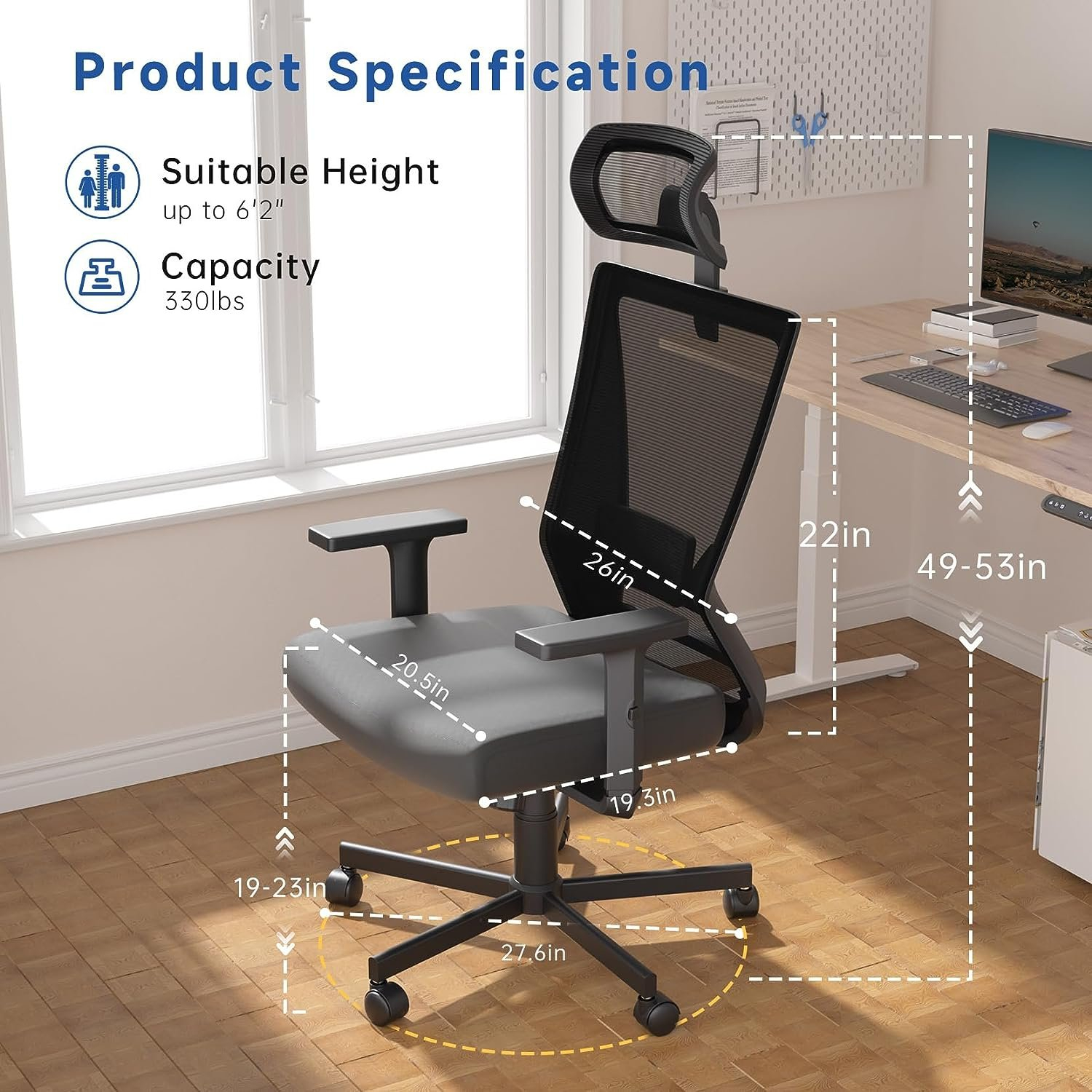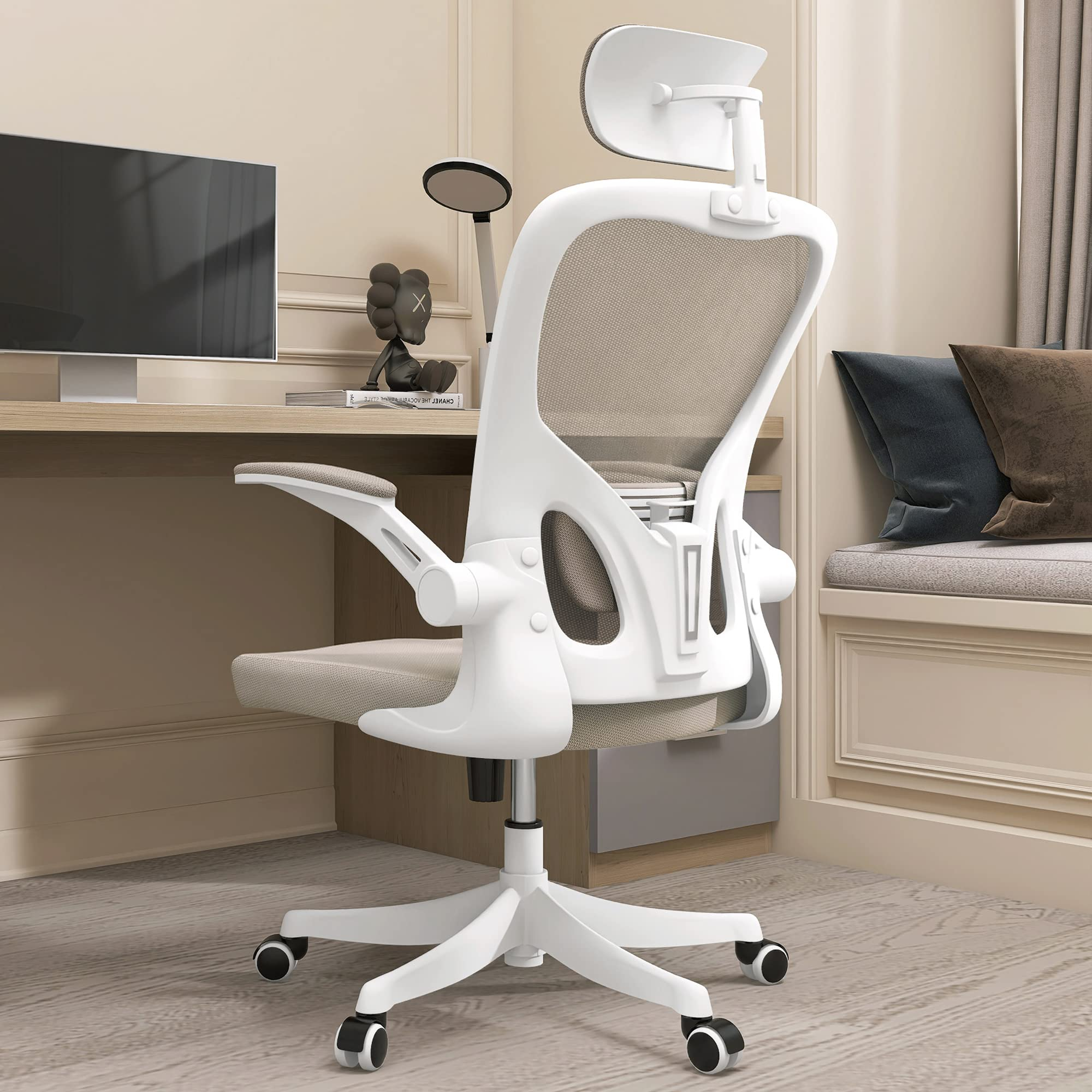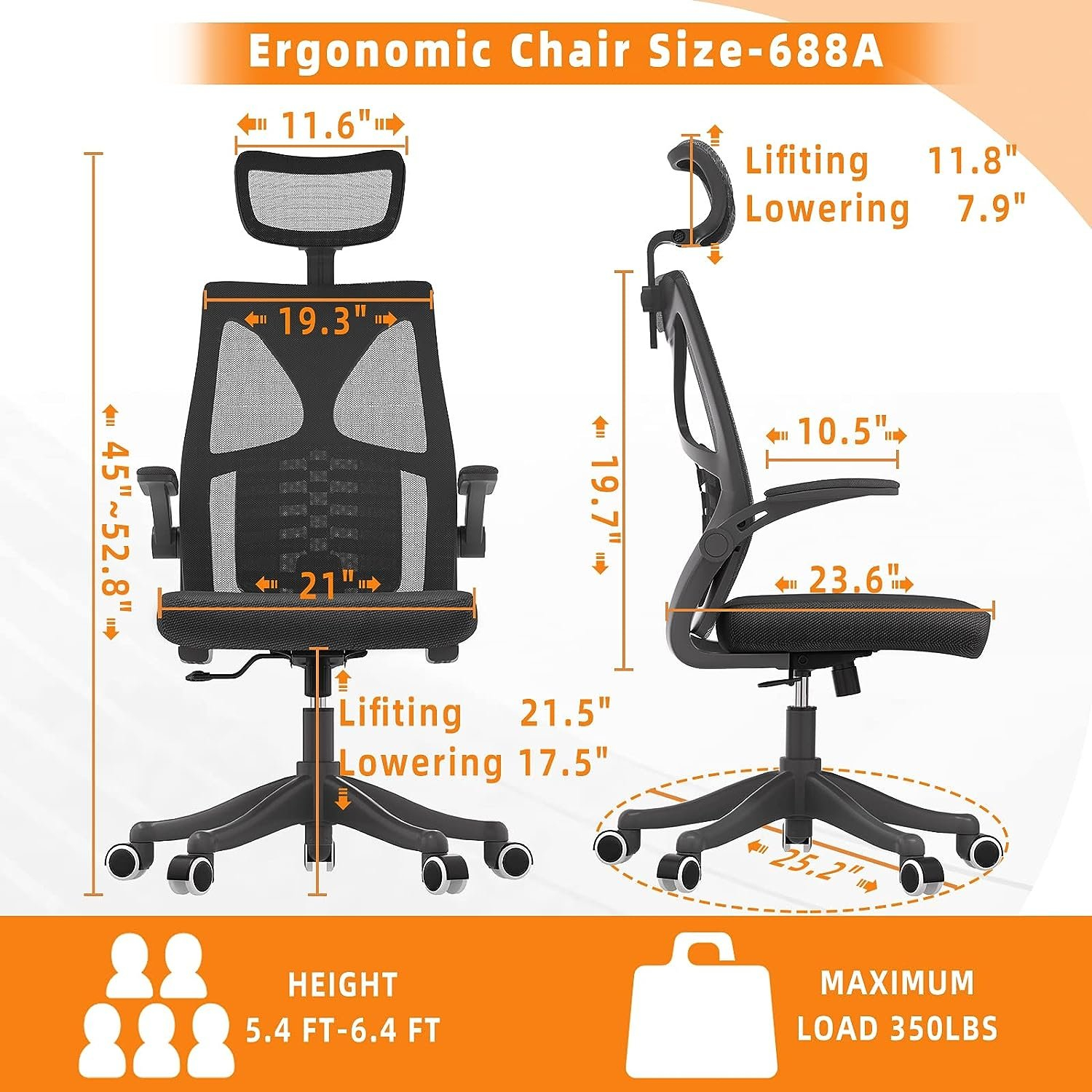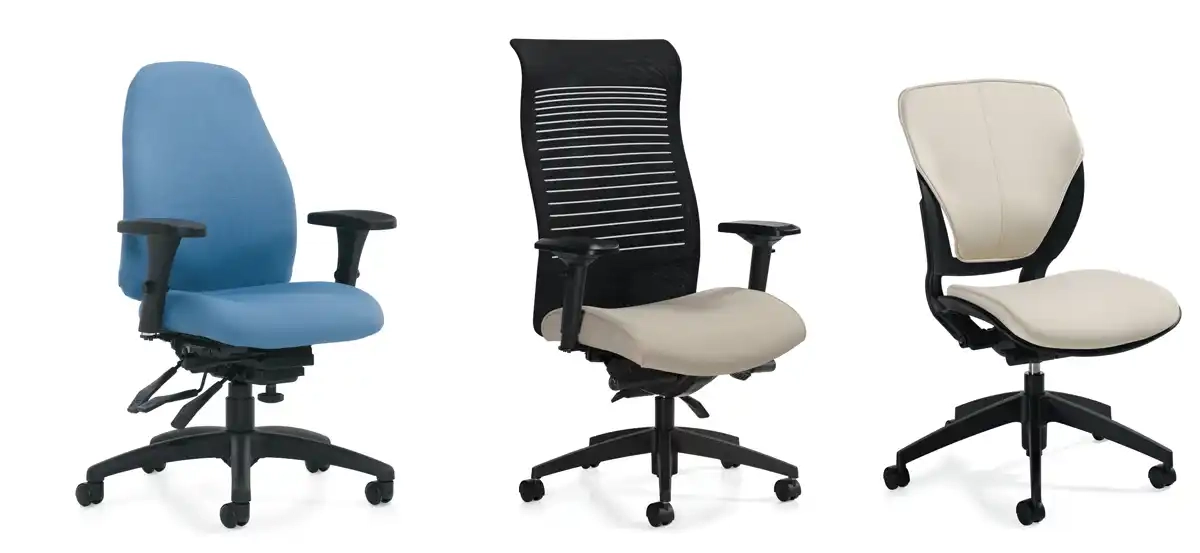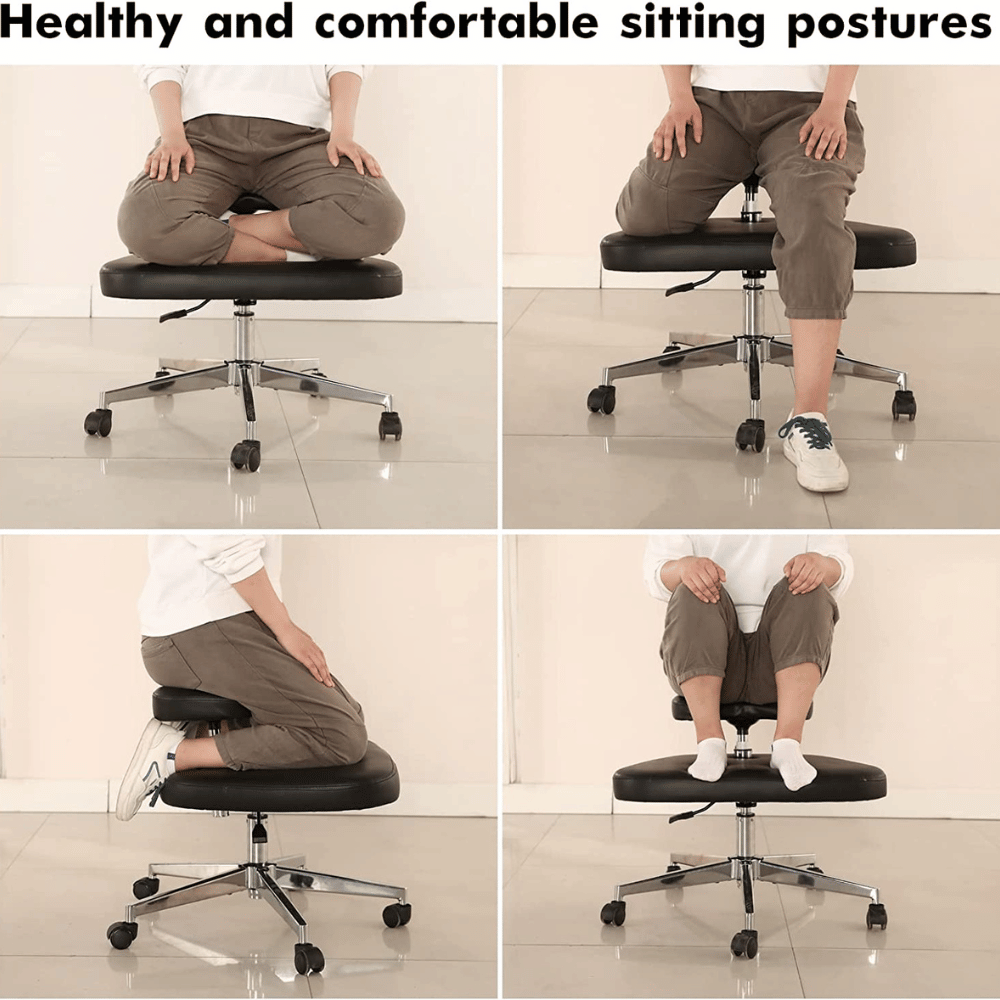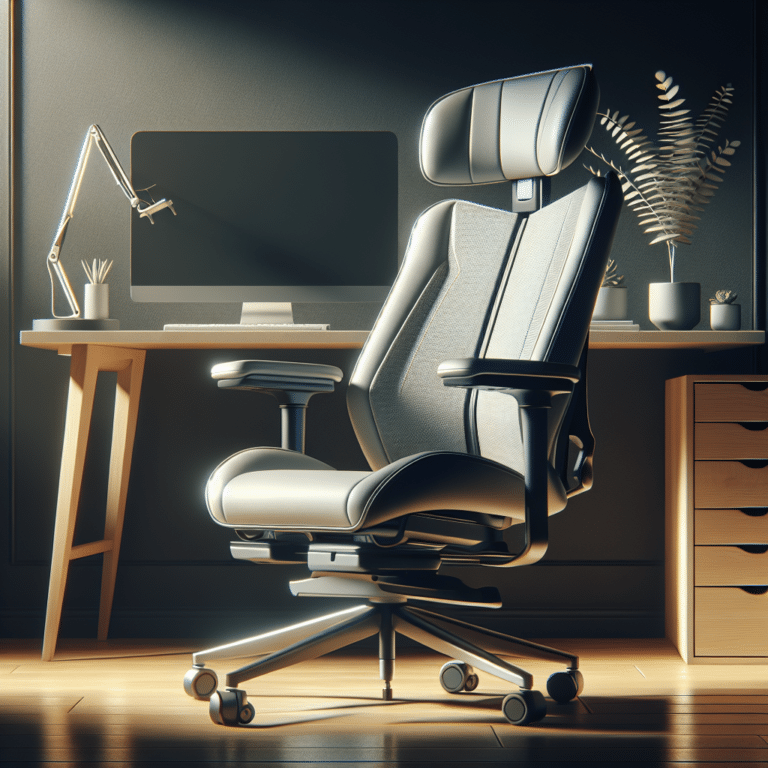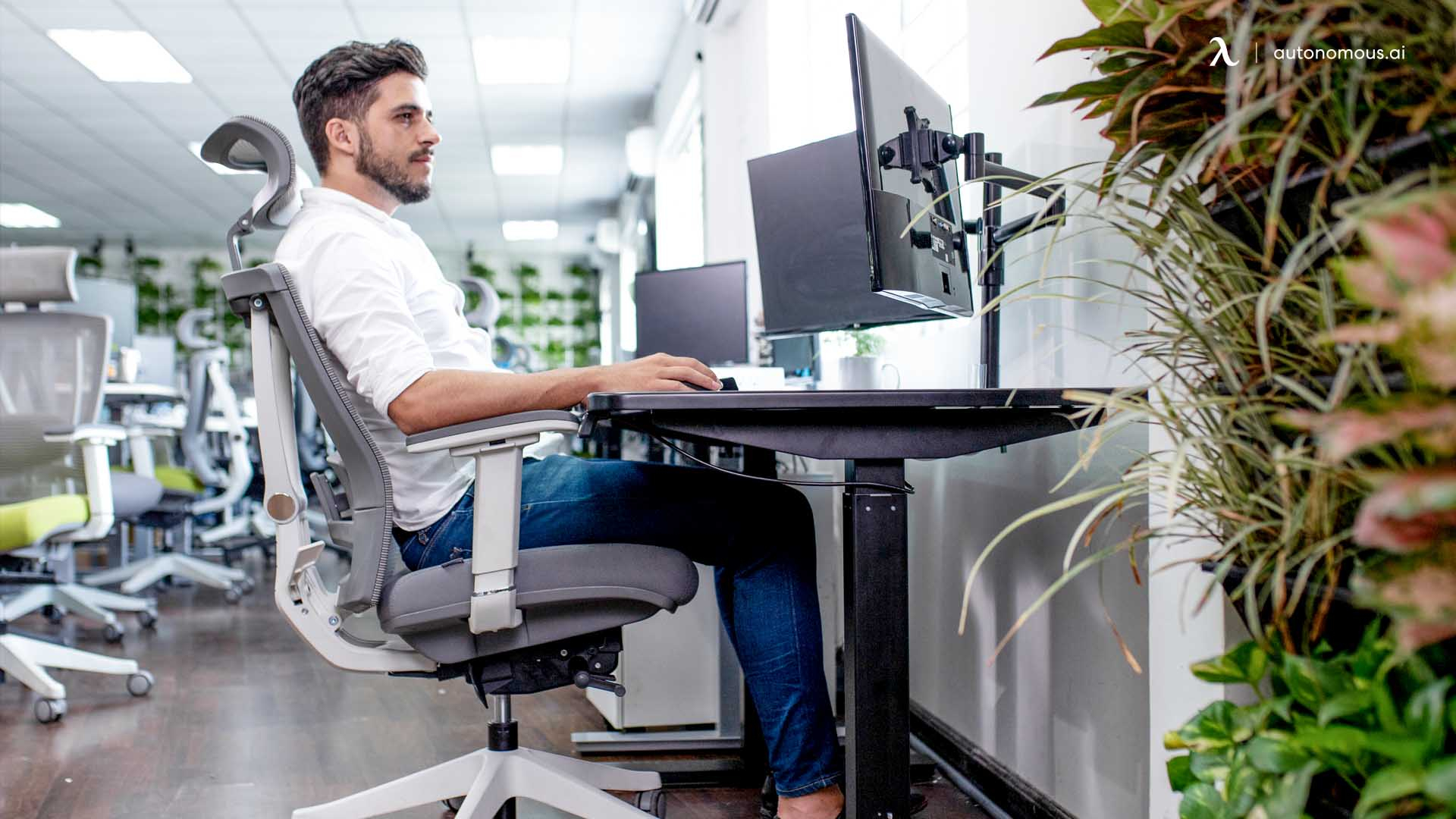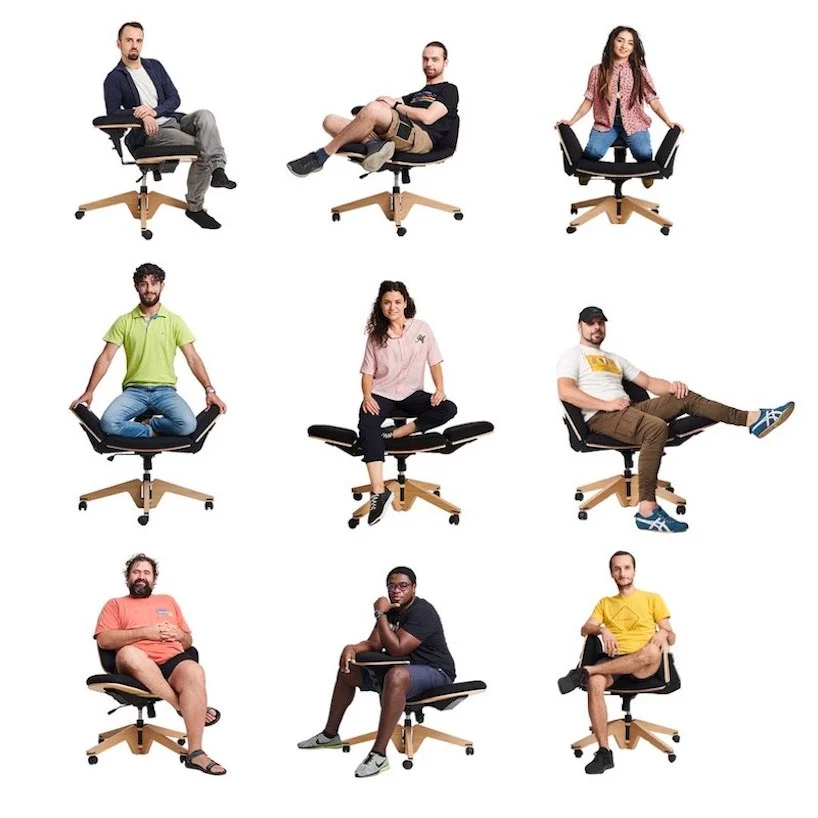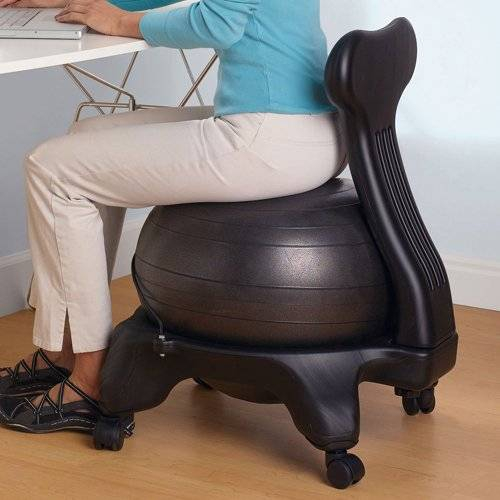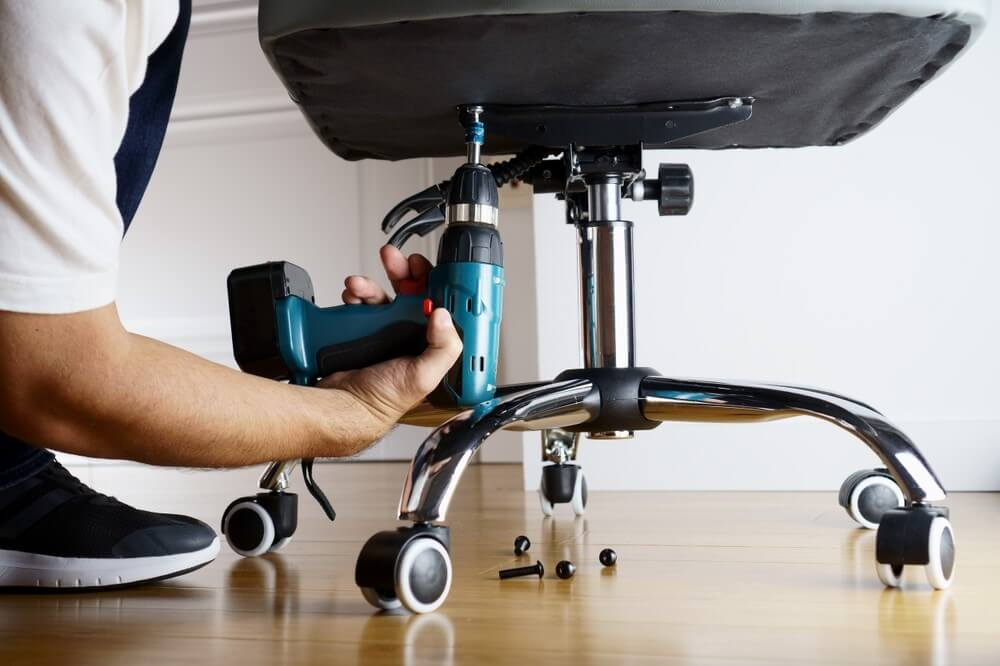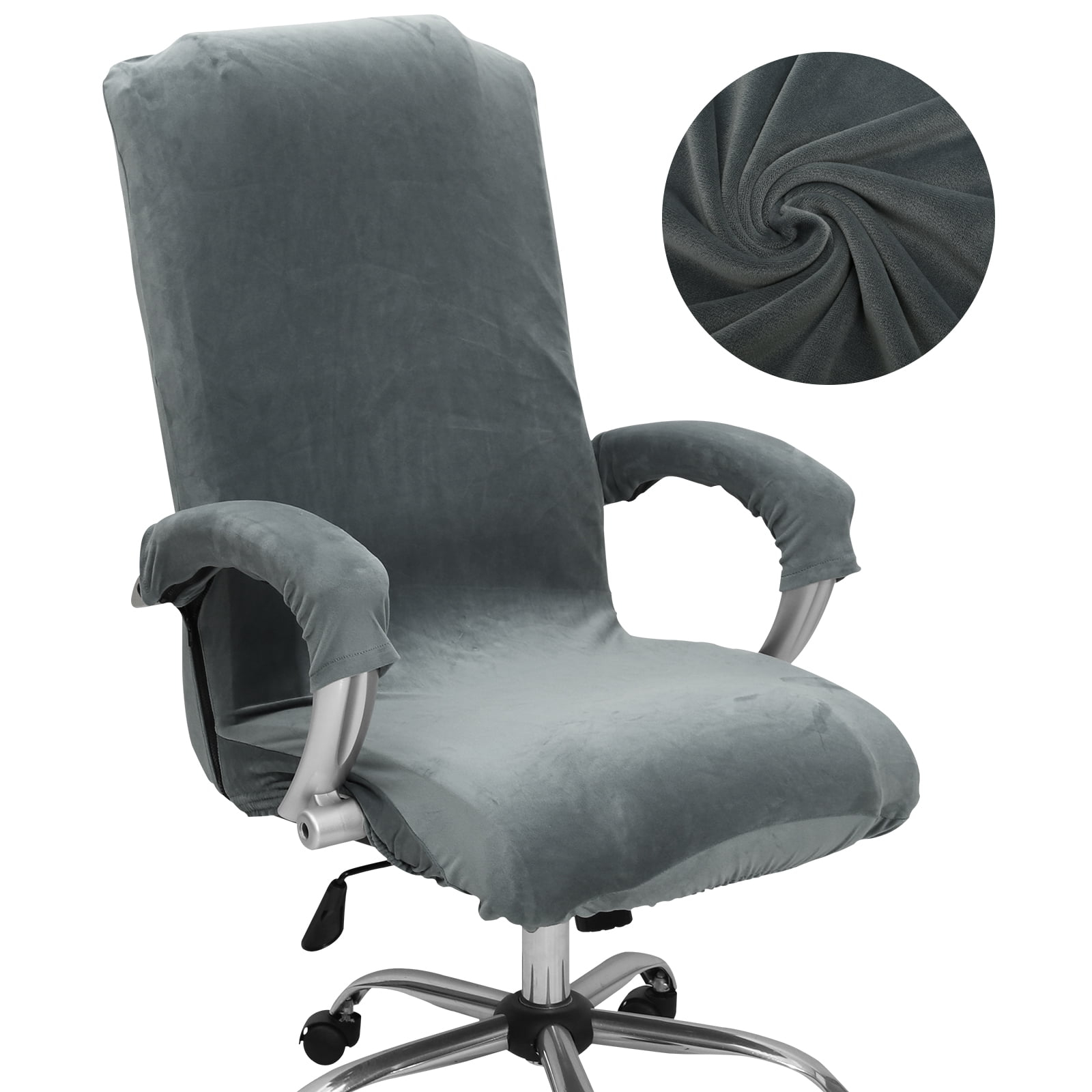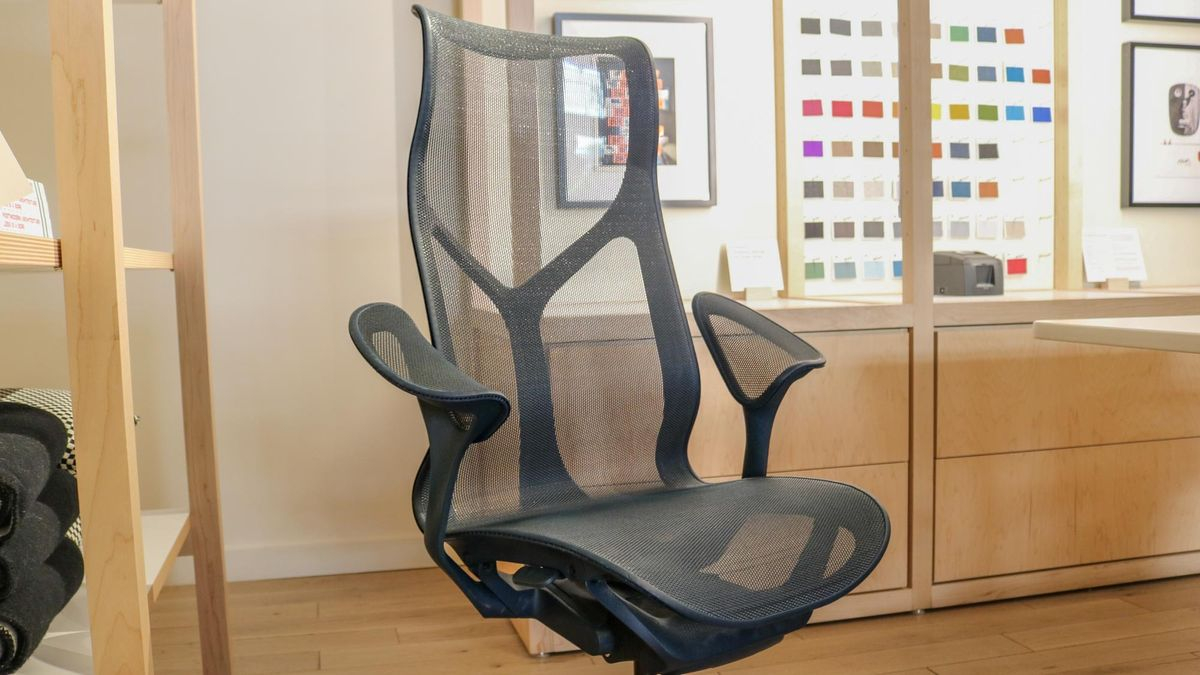We all spend a good chunk of our lives sitting at a desk, right? Whether you’re working from home, in a bustling office, or even just gaming, the chair you choose makes a massive difference. It’s not just about looks; it’s about how you feel at the end of the day. We’ve all read those reviews, haven’t we? Some chairs get rave notices for being ‘like sitting on a cloud,’ while others are described as ‘torture devices.’ But what’s really behind those comments? It’s more than just fancy features; it’s about the tangible, relatable stuff that impacts our daily comfort.
Let’s be honest, wading through endless technical jargon about lumbar support and tilt mechanisms can be exhausting. What we really want to know is: will this chair save my back? Will I be able to focus on my work instead of fidgeting to find a comfortable position? This article is all about breaking down the most common and relatable factors people mention when they talk about office chair comfort. We’ll explore the nitty-gritty details that turn a good chair into a great one, and a bad one into a reason to invest in a standing desk. Think of this as your guide to understanding what truly makes a chair a winner in the eyes of everyday users, not just engineers.
The Magic of Lumbar Support (It’s Not Just a Buzzword)
Ah, lumbar support. It’s probably the most talked-about feature, and for good reason. But what does it actually mean for you? It’s all about that gentle curve in the lower back. A chair with good lumbar support helps maintain your spine’s natural S-shape. When it’s done right, you feel a subtle pressure that keeps you upright without feeling stiff. Some chairs have adjustable lumbar support, meaning you can move it up and down, and even in and out, to perfectly fit your unique back. People often rave about chairs where they ‘barely notice’ their back pain after a long day. That’s the power of well-designed lumbar support. Conversely, a chair with none, or poorly placed support, can leave you slouching and aching, no matter how plush the seat is.
Seat Depth and Cushioning: More Than Just Softness
You might think a soft seat is always best, but comfort is a bit more nuanced. Seat depth is crucial. Can you sit with your back against the backrest and still have a few fingers’ width between the edge of the seat and the back of your knees? If not, the seat might be too deep, cutting off circulation and causing discomfort. Too shallow, and you might not get enough thigh support. And the cushioning itself? It needs to be supportive, not just squishy. A good cushion will mold to your body slightly but still provide resistance, preventing you from sinking too low and feeling the hard base underneath after a few hours. Many reviews mention how a seat ‘holds up’ over time, meaning the cushioning doesn’t flatten out prematurely. That’s a sign of quality and lasting comfort.
Armrests: The Unsung Heroes (or Villains)
Armrests often get overlooked, but they play a significant role in overall comfort, especially for your shoulders and neck. The best armrests are adjustable. Think about it: can you raise or lower them so your forearms rest comfortably at a 90-degree angle to your keyboard? Can you move them in or out so they support your arms without forcing your shoulders to hunch? When armrests are fixed or poorly positioned, they can actually cause strain. People often compliment chairs with ‘fully adjustable’ armrests, meaning they can be moved in multiple directions. This allows for a personalized fit that reduces tension in the upper body. A chair with rock-hard, unmoving armrests might be a deal-breaker for many.
Breathability: Staying Cool Under Pressure
Ever felt that sticky, uncomfortable feeling of sweat building up on your back and legs during a long workday, especially in warmer weather? That’s where breathable materials come in. Mesh backrests are incredibly popular for a reason – they allow air to circulate freely, keeping you cooler and more comfortable. Fabric seats can also be designed for breathability. While leather might look luxurious, it can often trap heat, leading to discomfort. Reviews frequently highlight how a chair ‘keeps you cool,’ even after hours of use. This factor is especially important if your office or home workspace doesn’t have consistent air conditioning or if you tend to run warm. It’s a simple concept, but one that profoundly impacts your ability to focus and feel good.
Adjustability Beyond the Basics: Fine-Tuning Your Fit
Beyond the main features, it’s the little adjustments that often make a chair truly exceptional. Things like seat height, tilt tension, and even headrest positioning can be game-changers. Being able to easily adjust the seat height so your feet are flat on the floor and your knees are at a 90-degree angle is fundamental. A chair that tilts smoothly, allowing you to lean back and relax without feeling like you’re going to tip over, is also a big plus. And for some, a supportive headrest that can be adjusted to the right height and angle can make all the difference for neck comfort. When people talk about a chair being ‘highly customizable’ or having ‘intuitive controls,’ they’re often referring to these finer points of adjustability that let you dial in the perfect ergonomic setup for your body.
Durability and Build Quality: Investing in Long-Term Well-being
While not directly about immediate comfort, the perceived durability and build quality of a chair heavily influence how people feel about their purchase and its ongoing comfort. A chair that feels flimsy or makes creaking noises after a few weeks is unlikely to be perceived as comfortable, even if its initial cushioning is good. Users often look for sturdy bases, smooth-rolling casters, and robust mechanisms. When reviews mention a chair feeling ‘solid’ or ‘built to last,’ it suggests a confidence in its ability to maintain its comfort and support over time. This is about value and the assurance that your investment will continue to serve you well, day after day, without falling apart or losing its ergonomic benefits. It’s the difference between a temporary fix and a long-term solution for your workspace well-being.
So, as you can see, office chair comfort is a multifaceted thing. It’s not just about a fancy brand name or a high price tag. It’s about how the chair supports your body’s natural posture, how well you can adjust it to fit you, and whether the materials and build quality will keep you comfortable day in and day out. When you’re reading reviews or shopping for your next seat, keep these relatable factors in mind. Think about your own body, your own workspace, and what truly makes you feel good. By focusing on these everyday elements – from that crucial lumbar support to the subtle adjustments and breathable materials – you’re much more likely to find a chair that not only looks good but actually feels good, helping you stay focused, productive, and pain-free throughout your entire workday. Happy sitting!

